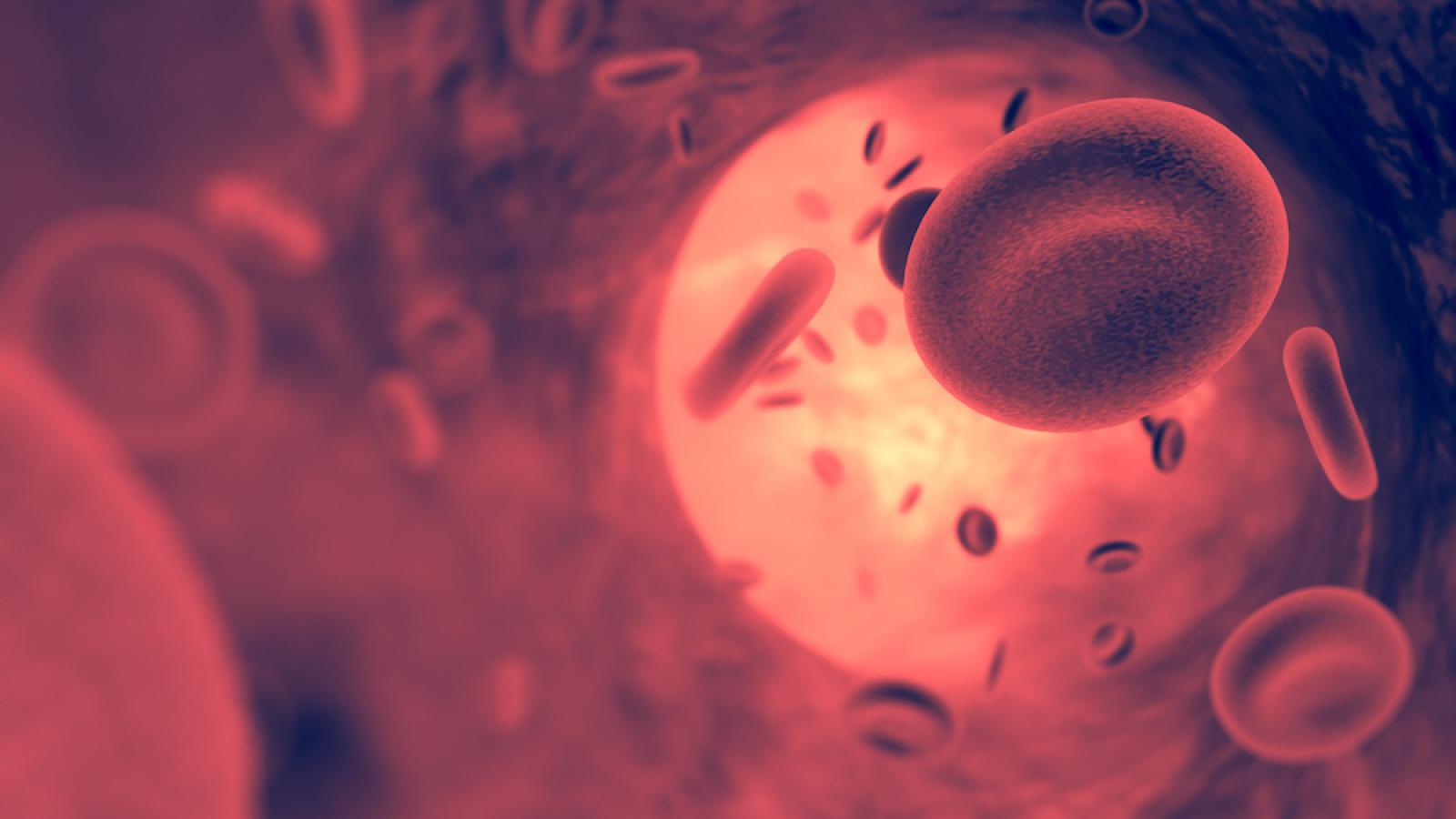A new study led by Prof Paul Matthews (UK DRI at Imperial) has identified a genetic link between damage to the main blood vessels of the heart, and brain small vessel disease, a common cause of vascular dementia. The study is published in Nature Communications.
Previous research has shown that people with cardiovascular disease, or who are at higher risk of cardiovascular disease, also have a higher risk of developing dementia, but the reasons for this association are not yet understood. In brain small vessel disease, the smallest blood vessels in the brain become damaged and unable to maintain neurons in a healthy state.
In this study, researchers at the UK DRI at Imperial, in collaboration with CURE-ND partner, the German Center for Neurodegenerative Diseases (DZNE), explored for the first time the relationship between genes associated with cardiovascular disease, and those associated with brain small vessel disease.
They used cardiac MRI images from over 32,000 people who participated in the UK Biobank imaging study, to identify six measurements or ‘traits’ related to the health of the aorta, the main artery that pumps blood away from the heart. These included measures of distensibility (stiffness of the blood vessel), as well as dimensional measurements, which are known predictors of risk of aortic disease.
Study leader Prof Paul Matthews, Centre Director at the UK DRI at Imperial, explained:
“One function of the aorta is to protect the blood vessels in the brain from high pulse pressures as blood is pumped away from the heart. Over time as a person ages, their blood vessels can become stiffer and less able to buffer the pressure."
<p>people participated in the study</p>
Our results suggest that the change in blood flow and pressure that the brain is exposed to may have direct effects on cells, and cause damage to the small blood vessels deep in the brain.Prof Paul MatthewsCentre Director at the UK DRI at Imperial
They then performed a large-scale genetic analysis, known as a genome wide association study, to look for associations between the traits they had identified, and different variants or mutations in the genes of the 32,000 UK Biobank participants. The study identified 102 genes (including 27 new genes) associated with the aortic traits.
With further analysis, the team were then able to identify a genetic relationship between aortic distensibility and brain small vessel disease – meaning that changes affecting the aorta may have direct effects on the small vessels in the brain.
Prof Matthews continued:
“Our results suggest that the change in blood flow and pressure that the brain is exposed to may have direct effects on cells, and cause damage to the small blood vessels deep in the brain.”
Next, the team plan to undertake further genetic studies to pinpoint the molecules involved in linking cardiovascular and brain small vessel disease, so that these can be considered as drug targets for vascular dementia.
Dr. Ahmad Aziz, a researcher at DZNE who collaborated on the study, said:
"This study makes a substantial contribution to our understanding of the genetic basis of variations in aortic size and stiffness, which are well-known risk factors for common cerebrovascular diseases like stroke and vascular dementia. Importantly, by combining advanced functional genomics and fine-grained brain imaging data across multiple large-scale population-based cohorts, the study also provides crucial insights into shared mechanisms that could serve as potential therapeutic targets for both aortic disorders and brain small vessel disease, a major risk factor for age-associated cognitive decline and dementia."
Dr. Mark Effingham, Deputy CEO of UK Biobank, said:
“The UK Biobank biomedical database provides a rich treasure trove of large-scale imaging, genetic and other health-related data to improve our understanding of the diagnosis and treatment of disease. This study provides a good demonstration of the innovative ways that researchers are using these data, in this case linking imaging-derived traits of the heart with diseases of the brain, and importantly paving the way to identify potential therapeutic targets. We remain most grateful for the altruism of our incredible participants without whom studies like this could not be undertaken.”
To find out more about Prof Paul Matthews' research, visit his UK DRI profile. To stay up to date on the latest research news and Institute updates, sign up to receive our monthly newsletter, ‘Inside Eye on UK DRI'.
Reference: Francis, C.M., Futschik, M.E., Huang, J. et al. Genome-wide associations of aortic distensibility suggest causality for aortic aneurysms and brain white matter hyperintensities. Nat Commun 13, 4505 (2022). https://doi.org/10.1038/s41467...
Article published: 26 August 2022
Banner image: Shutterstock
<p>new genes associated with the aortic traits were identified</p>
